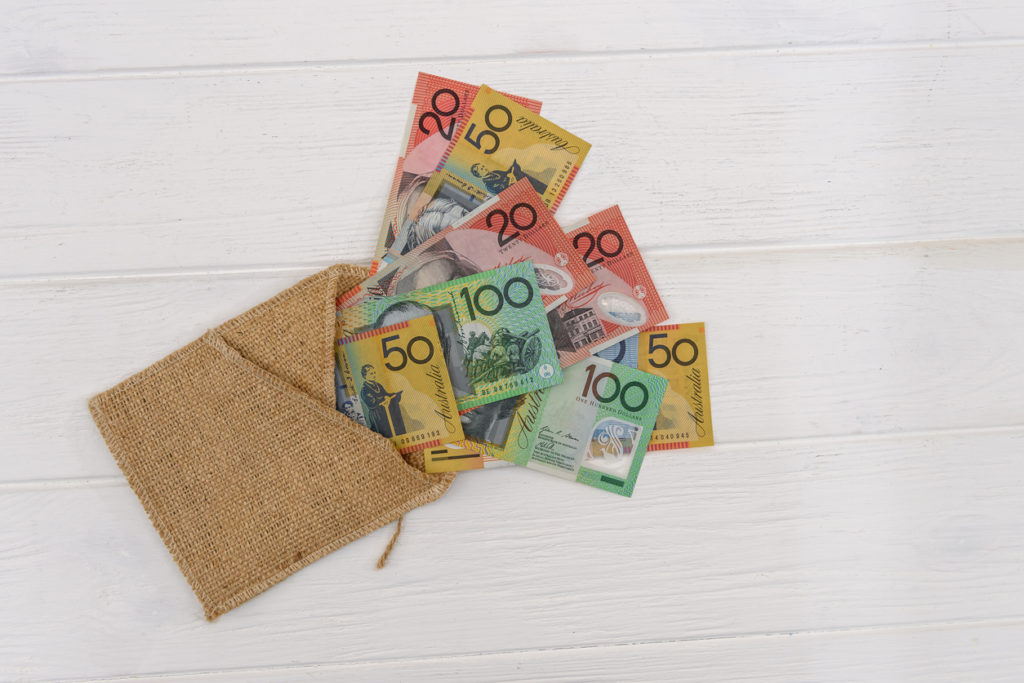
There’s one word you will always hear when the talk of getting your personal finances under control comes up. Budgeting — the system we religiously turn to when money is tight, our spending habits have maxed out, or we’ve desperately been longing for something.
But there’s no need to wait until the going gets rough to work out a monthly financial plan that’ll keep you out of a tight spot. Since there’s no one size fits all solution to handling finances, there are four popular budgeting methods that could help you get back on track.
The 50/30/20 method

Also known as the balanced money technique, the 50/30/20 rule is popular among people who want to know where all their money is going. You’ll be allocating your after-tax money into three categories so you don’t spend more than you can or should:
50 per cent on needs: These are things you have no choice but to pay for such as rent or mortgages, utility bills and groceries.
20 per cent on goals: This amount will go towards things you want to accomplish with your money such as saving for the future, paying off your debt or to make investments.
30 per cent on wants: This can go towards improving your standard of living. Maybe you want to treat yourself to a weekend getaway or a nice dinner. Or perhaps you want to subscribe to Spotify Premium to will away the dull days. If you have a Westpac rewards credit card you could even earn yourself some reward points since the bank’s list of partners, including Spotify, can help you make gains on your spending habits.
The zero-based budget

If you want to make sure that every dollar you spend is accounted for and has a job to do, then this budgeting practice is for you. It also fits two specific personality types quite well: those who overspend and others who are meticulous about their finances.
Each dollar will be used in a deliberate way until there’s none of it left. No, this doesn’t mean you spend all of it. You just need to make sure you’re doing something worthwhile with the money that’s coming in which could include saving a good chunk of it or using leftover cash to make investments.
Keeping track of each cent can be an exhausting approach and may not be sustainable in the long run. However, it’ll set you back on track if you find yourself a bit astray with your personal finances.
Goal or activity-based budgeting

Essentially, your activity or goal will act as a cost-driver for your entire month or year’s budget. It’s not a long-term budgeting solution but it’s great for meeting short-term goals.
Perhaps you want to spend the next few months or the year saving up for a three-month-long trip? Or maybe you’re keen to make a big purchase like buying a car or saving up for a house deposit.
Using reward points from value-for-money credit cards could help with this, especially if there are any solid signup bonuses on offers. For instance, you could earn 150,000 bonus Altitude Points when you spend $4,000 or more on eligible purchases through Westpac’s Altitude Black credit card within 90 days of new card approval. Getting 150,000 bonus points currently gets you over $500 in cashback or up to $700 in e-Gift cards with Altitude Rewards.
If you do your homework, you could be looking at a free flight or more if you work out how to maximise on your credit card reward points. Saving up for that three-month-long break may happen quicker than you might have anticipated.
The cash envelope system

Last but not least is the cash envelope system which works exactly how it sounds like it would. Some may consider it to be a backwards approach to budgeting but it could work like a charm if done right (and given you’re careful with cash lying around).
Take out money for different categories you normally spend on and set it aside in designated envelopes. For example, you could be spending $600 on groceries, $300 on entertainment, $150 on eating out, $250 on utilities and so on.
This system over time will help you be more intentional with your spending and get rid of any tendency to splurge. You don’t want to be out of entertainment or grocery money long before the month runs out and live off cup noodles or what’s been sitting at the back of your freezer for who knows how long.
If taking out cash isn’t for you, it’s possible to apply the same system to credit cards and use it alongside a monthly written budget. This way you’re not spending more than you should and you’ll get reward points based on what you’re spending.
At the end of the day, your financial situation will play a big part in determining the best budget method for you. It’s all about trial and error until you find one best suited to your needs.
Disclaimer: This article contains general information only and is not intended to be used as personal advice.

Leave a Reply
You must be logged in to post a comment.